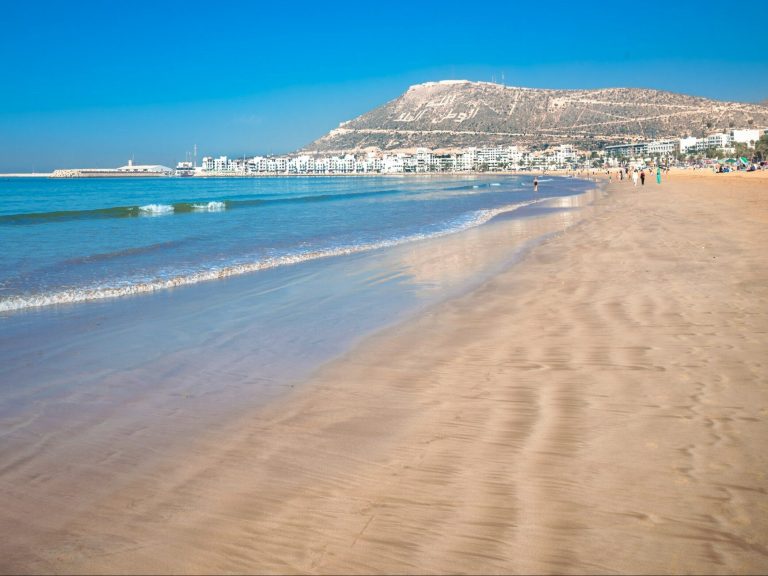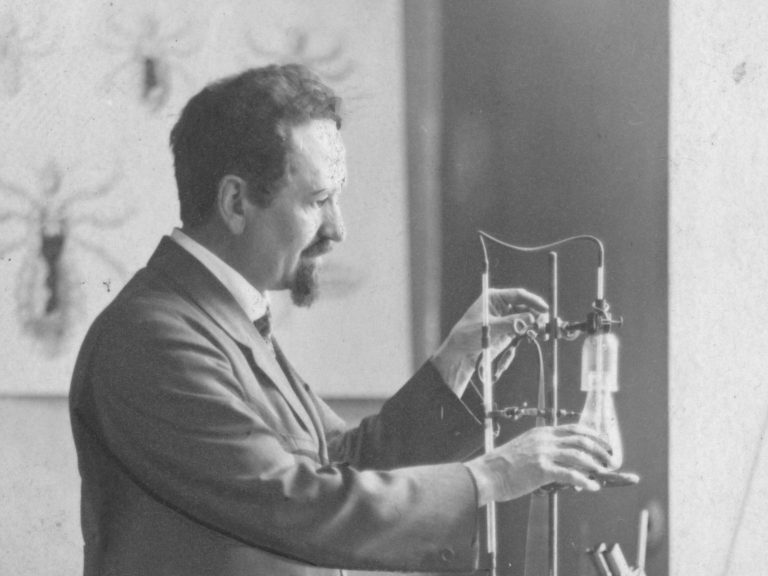The rivers turned rusty red. Scientists suspect why

Some rivers flowing through the largest US state, Alaska, have turned orange. Scientists speculate why this happens.
Why do some Alaskan rivers turn orange? Research has been carried out in this area, which suggests a certain solution. Scientists discovered the rust-colored rivers and streams of the largest US state.
The rivers in Alaska are orange
Scientists suspect the drastic color change is the result of permafrost – which is essentially frozen ground – thawing and releasing minerals into the crystal clear water. This is according to a study published in the journal Nature Earth and Environment. The change could threaten drinking water and fishing in the area.
“These orange streams may be problematic in terms of both toxicity and fish migration to spawning areas,” lead study author Jon O'Donnell, an ecologist with the National Park Service Arctic Inventory and Monitoring Network, said in a press release.
Where can you come across this phenomenon?
Scientists say that rust-colored water is found, for example, in the Gates of the Arctic and Kobuk Valley national parks. They collected samples of contaminated water from 75 locations over an area the size of Texas in the Brooks Mountain Range in northern Alaska. Some of the areas covered by the study are so remote that helicopters are one of the only ways to reach them.
“The more we flew, the more orange rivers and streams we started to see,” O'Donnell said. “Some places almost look like milky orange juice.” According to Brett Poulin, an assistant professor of environmental toxicology at the University of California, Davis and a researcher, some “dirty” areas are so large that orange rivers are visible from space.
O'Donnell first noticed the change in the water in 2018, but scientists said satellite images had recorded dirty waters as far back as 2008. “The problem is slowly spreading from small to larger rivers over time,” O'Donnell said.
The National Park Service has previously identified the Salmon River as a site of particular concern. Before 2019, the water there was “pristine.” This summer it turned orange-green. The discoloration remains, and orange spots can be seen on the river banks.
Scientists believe that minerals stored in permafrost have been released as the climate warms. The metal ores were exposed to water and oxygen, which resulted in the release of acid and metals. The samples showed elevated or high levels of iron, zinc, nickel, copper and cadmium in the water. Iron is one of the dominant metals and is believed to cause the orange color. Some water samples had a pH of 2.3 compared to the average pH of rivers of 8, meaning polluted water is much more acidic.
Scientists are still working to understand what happens to colored water and what risk it may pose to fish and drinking water. The study noted that “stream discoloration was associated with dramatic declines in macroinvertebrate diversity and fish abundance.” Metals can also affect drinking water supplies in rural areas. Scientists said they could at least affect the taste of water, forcing rural communities to improve water filtration.





